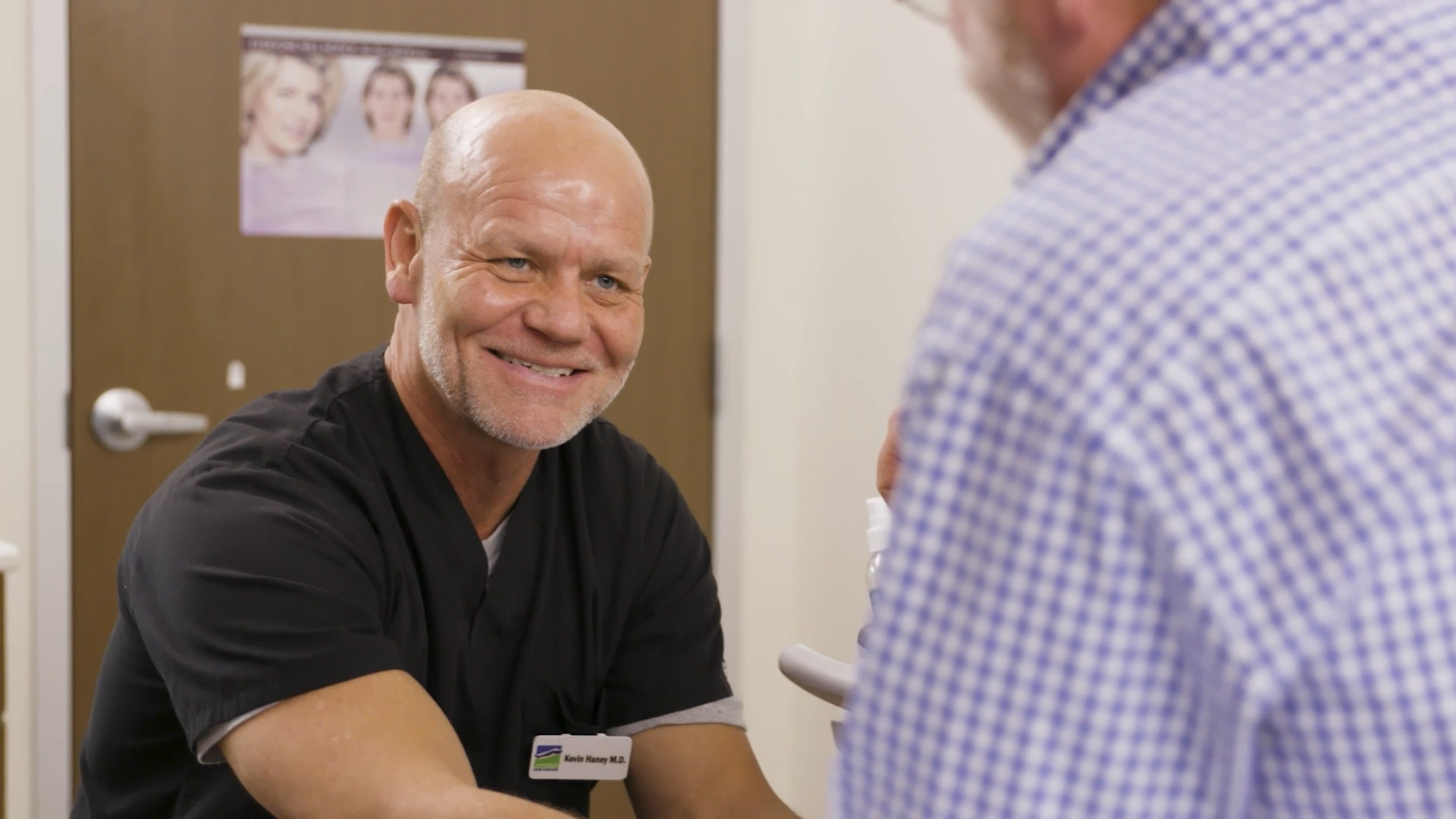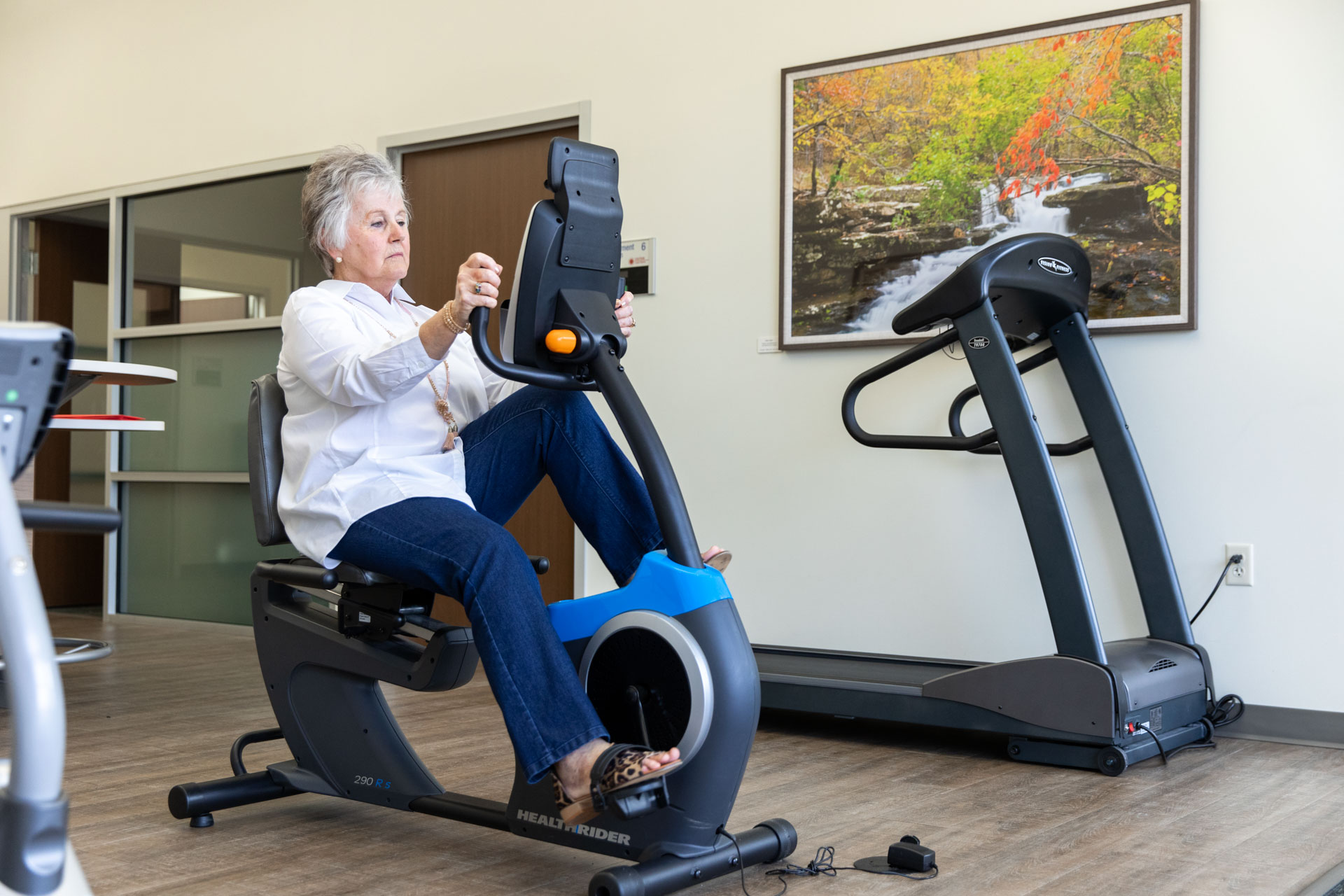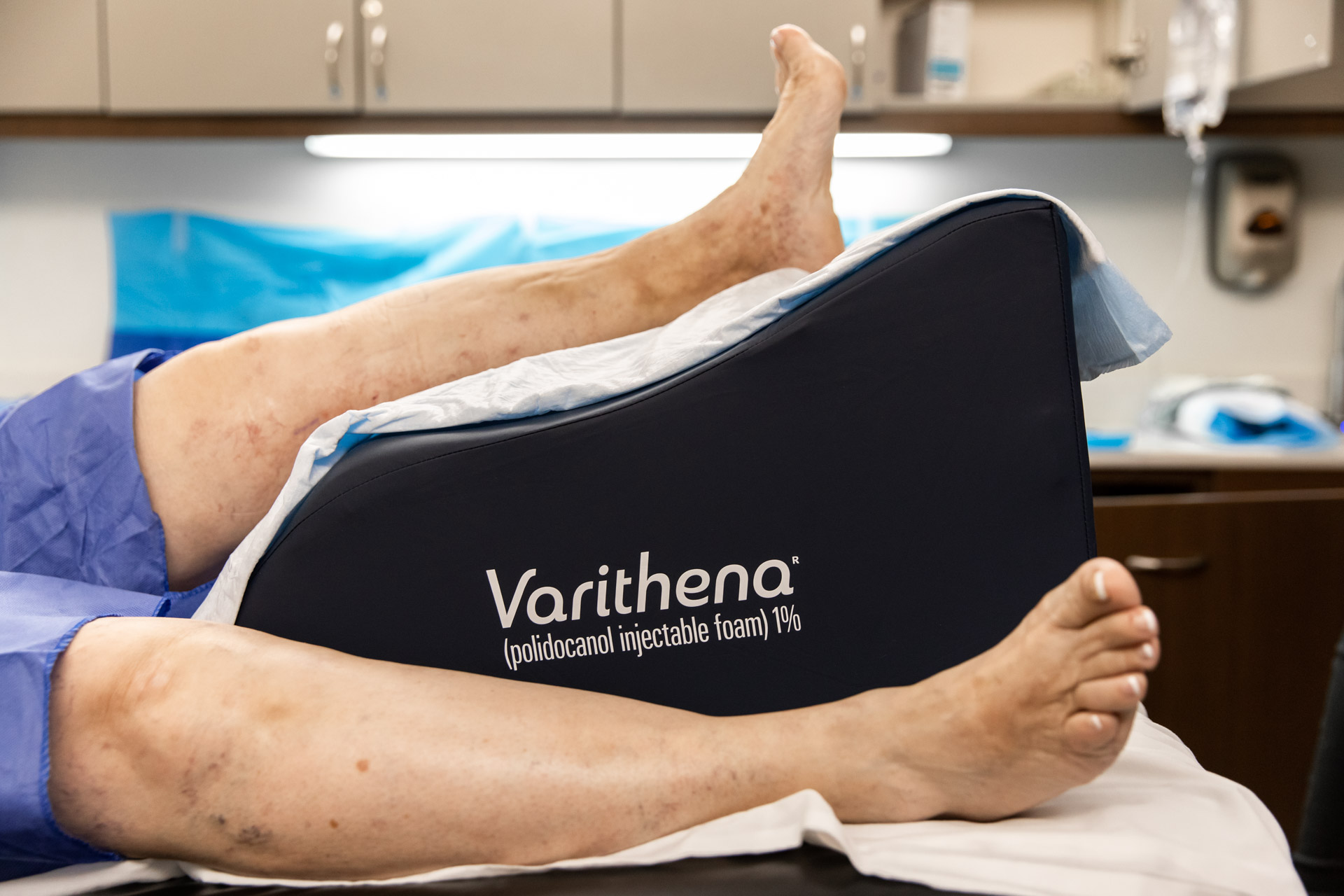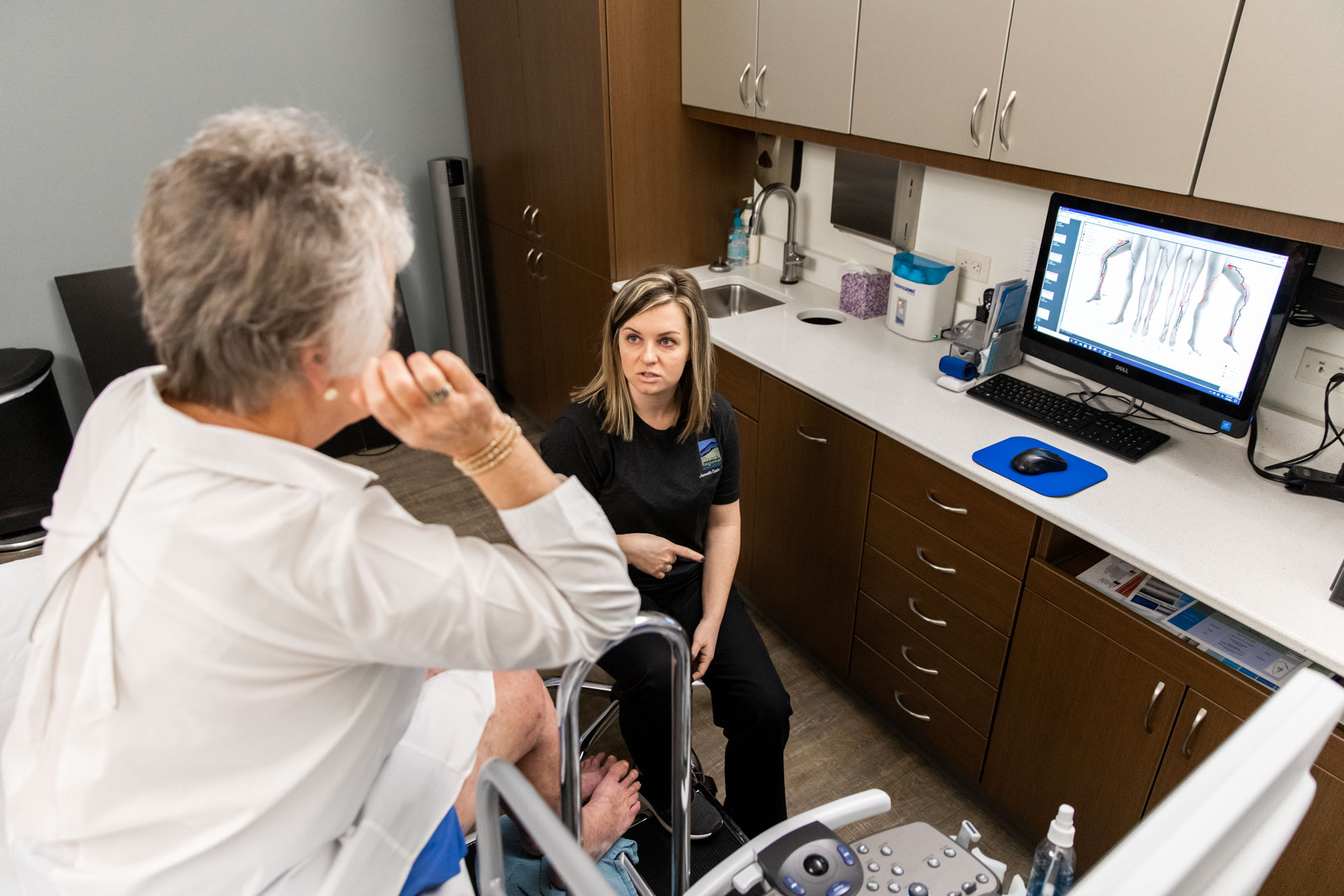Many patients want to take care of DVT at home. They’re looking for treatment tricks or at-home conservative care tips. While there are things you can do at home to help treat DVT, there is no quick fix. That said, some at-home steps can improve your DVT and speed up your recovery. So, while it’s hard to answer certain questions we receive about how to dissolve blood clots in legs, we’re always excited to work with you to improve your care.
If you want to know more about how to dissolve blood clots in legs, lessen the risk of future DVT, or simply monitor your health, we encourage you to come and speak with us! The experts at the Ozark Regional Vein & Artery Center will always make time to listen to you and provide the care you deserve.
At-Home Treatment Options
Here is a list of conservative care behaviors and treatment considerations we recommend to patients to help lessen the impact of DVT.
Anticoagulants
Also called blood thinners, anticoagulant medication makes it harder for your blood to clot. Critically for DVT patients, blood thinners also stop clots from getting bigger and moving. However, blood thinners won’t get rid of blood clots. Your body may naturally dissolve a clot, but sometimes clots don’t completely disappear. When they don’t, they usually shrink and become little “scars” inside your veins.

If you need to take an anticoagulant, you may have to take it for only a few months (usually three to six months), or you might take it indefinitely. Your treatment time may be different depending on the specific situations of each individual, including if:
- You’ve had clots before
- You’re getting treatment for another illness
Targeted Exercises
It’s important to make sure to perform targeted exercises to work out the areas in your legs where blood clots may form. Exercise your calf muscles if you need to sit still for a long time. Stand up and walk at least every half hour if you’re on a long flight. Or get out of the car every hour if you’re on a long road trip.

Stay Active
Another facet of working to decrease the size and frequency of DVT is keeping yourself active in your daily life. This includes following treatments or medical procedures. Get out of bed and move around as soon as possible after you’re sick or have surgery. The sooner you move around, the less chance you have of developing blood clots.
Elevate Your Legs
Though this can sound a little ridiculous, elevating your legs while sitting down can naturally help the blood flow toward the heart. This is because your veins won’t have to work against gravity. This can improve circulation and lessen blood reflux in your legs and the strain on your veins caused by a DVT clot. It may be simple, but it’s an incredibly effective behavior for improving your venous health long-term.

Compression Stockings
You‘ll probably need to wear compression stockings to improve or eliminate leg swelling. Damage to the small valves inside your veins often causes this swelling. You may also have swelling because the DVT blocks blood flow in your vein. You wear most compression stockings just below your knee. These stockings are tight at the ankle and become looser as they go away from your ankle. This causes gentle pressure on your leg, which promotes blood flow.
Clinical studies have shown that compression stockings improve the symptoms of leg pain and swelling by at least 50% as long as they’re worn daily during the day.
Turn to the Ozark Regional Vein & Artery Center for DVT care and support.
Whether you want to learn more about what causes deep vein thrombosis, or are just looking for additional information, come to the Ozark Regional Vein & Artery Center! Our experience and growing suite of care options allow us to guide you toward lasting wellness solutions for a happier, healthier life.
We are a premier practice in Northwest Arkansas for the highest-quality vein treatments. Dr. Haney, Dr. Stout, and the expert staff have over 500 years of combined experience in the industry. Patients come to Dr. Haney from all over Northernwestern Arkansas, from Fayetteville to Bentonville, to ensure they receive the best concierge-level care and leg vein procedures.
Take the first step on the road to recovery with our Virtual Vein & Artery Screening Quiz, or schedule a consultation!

